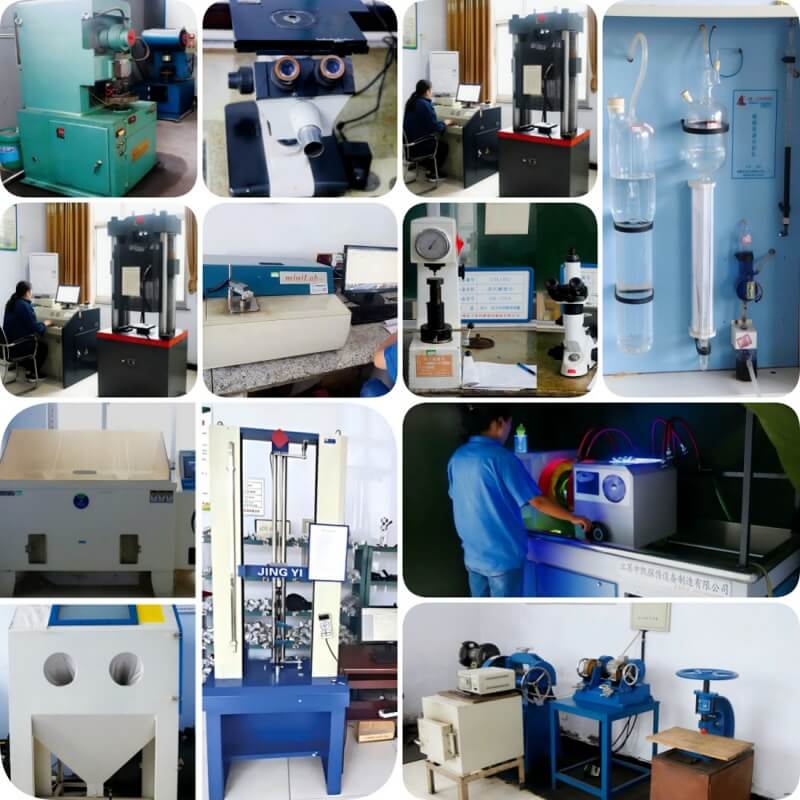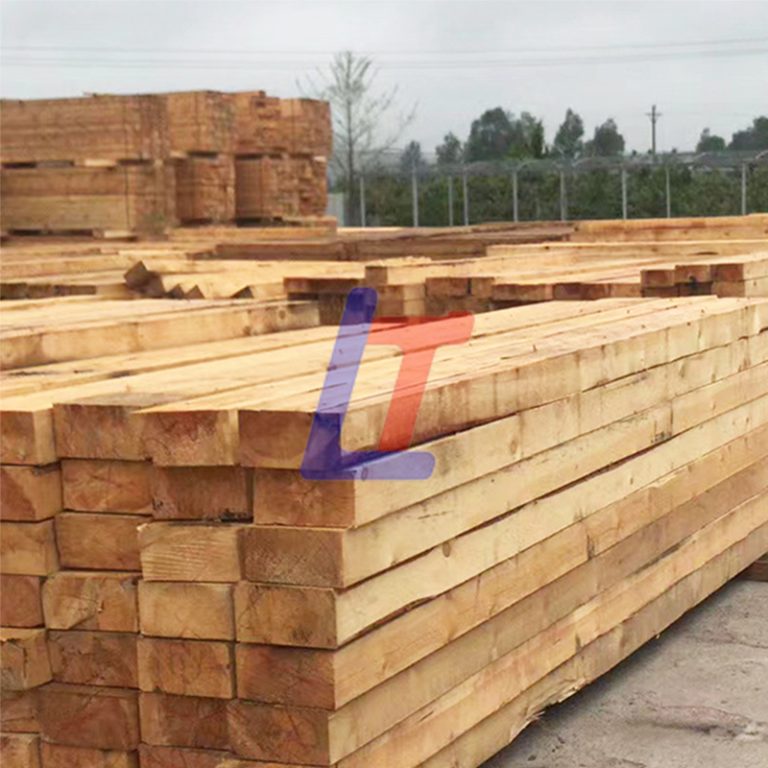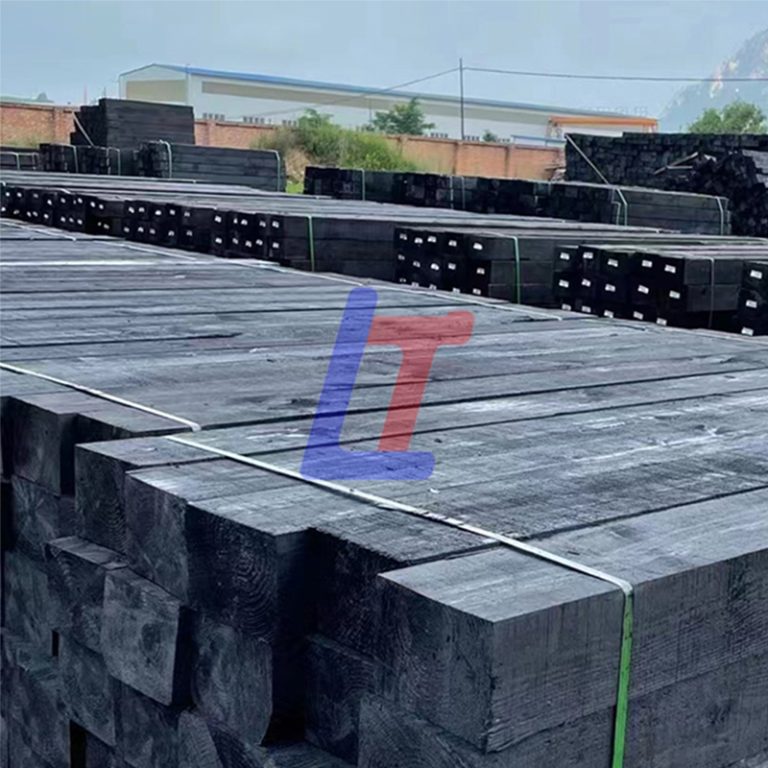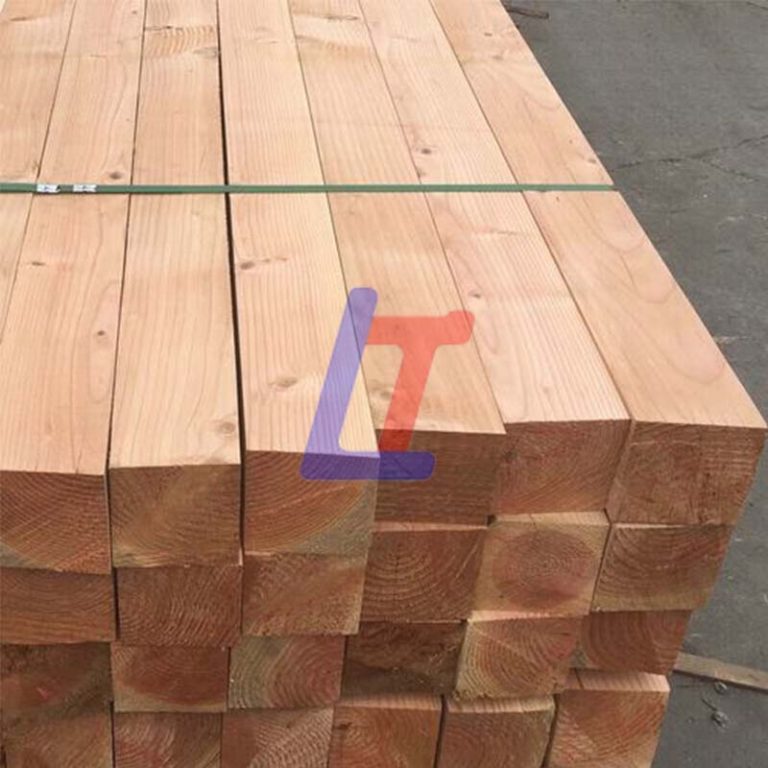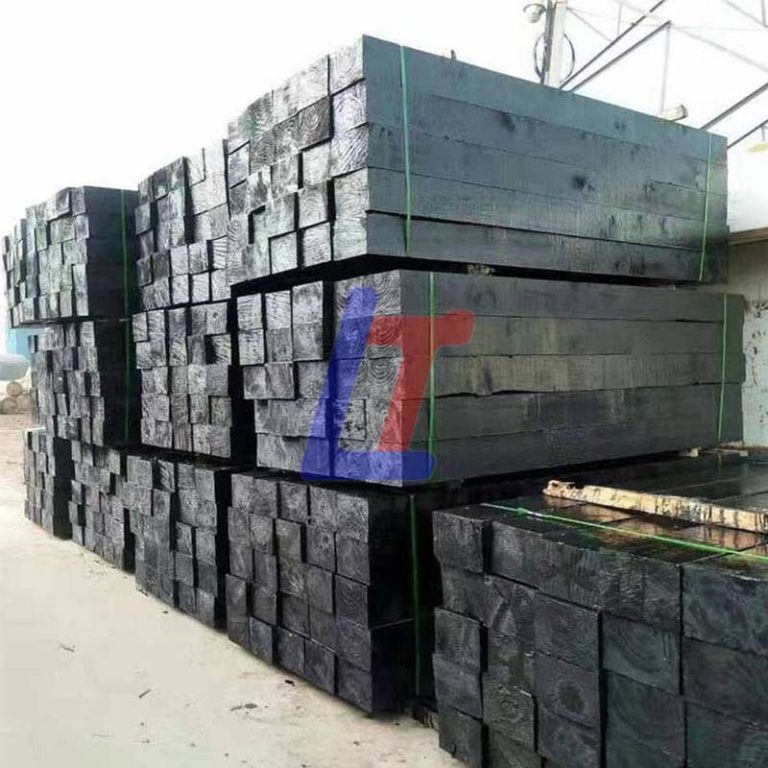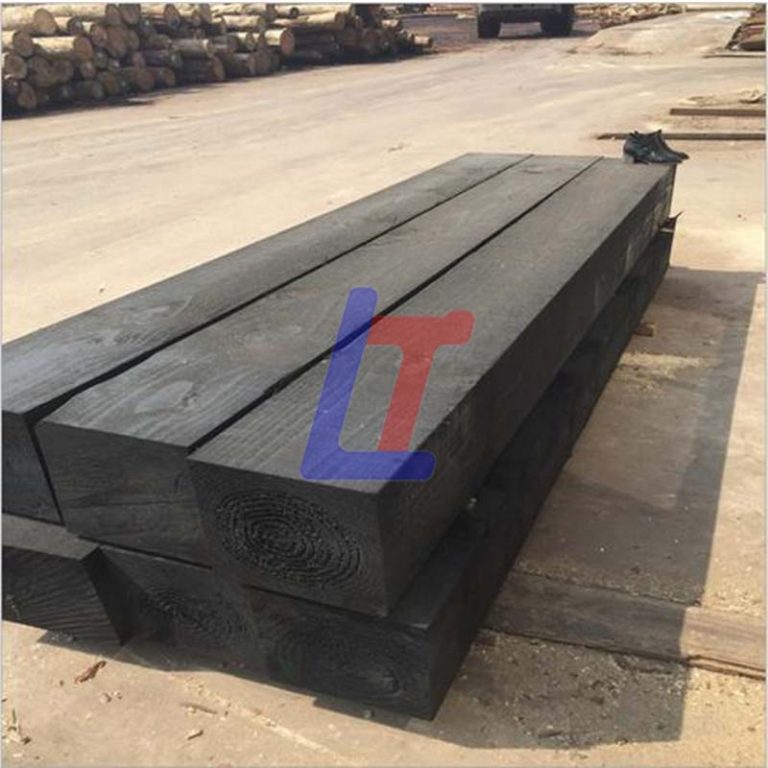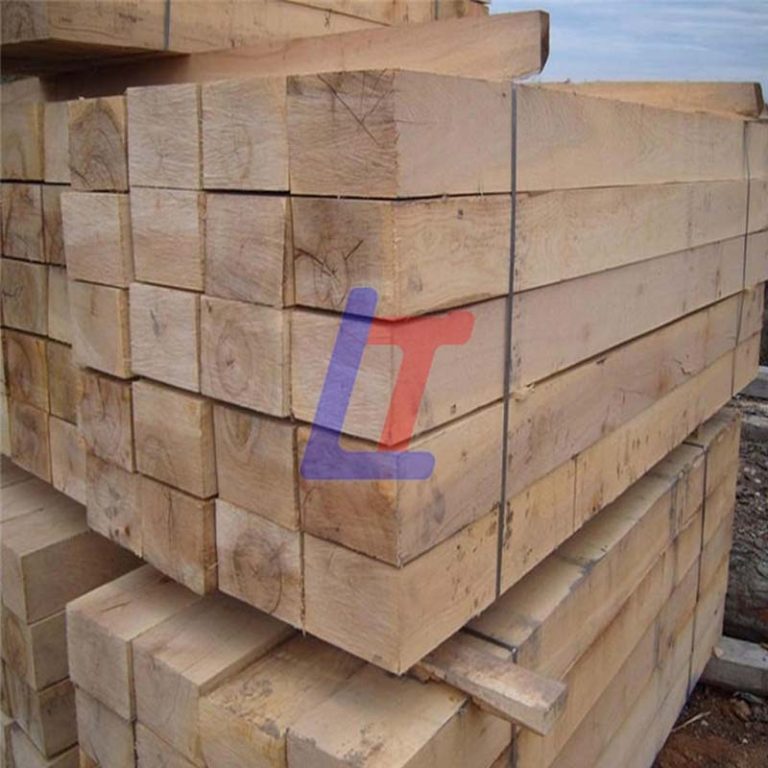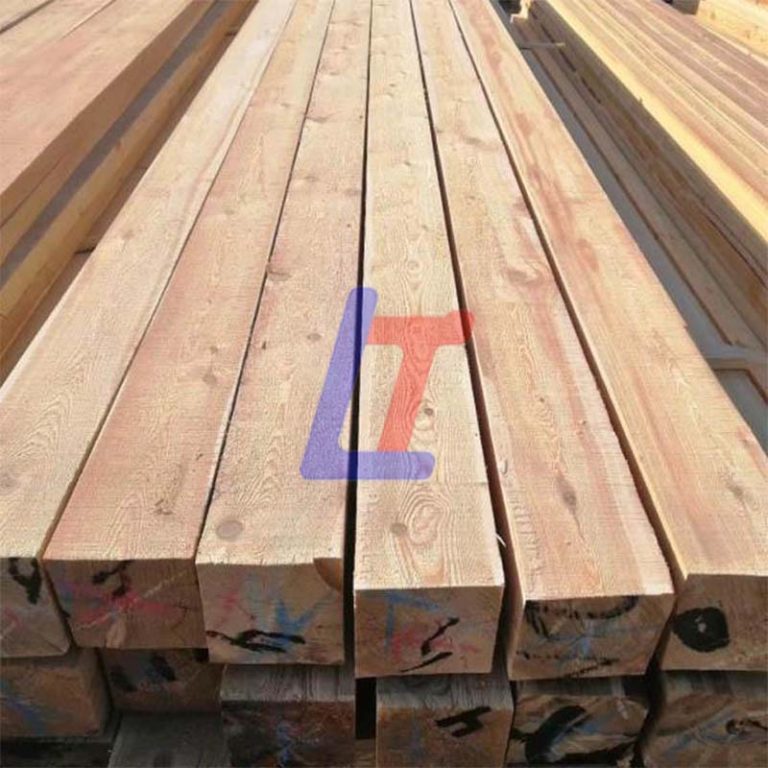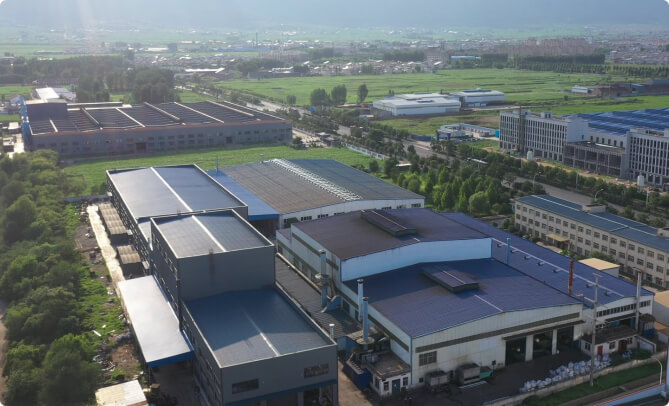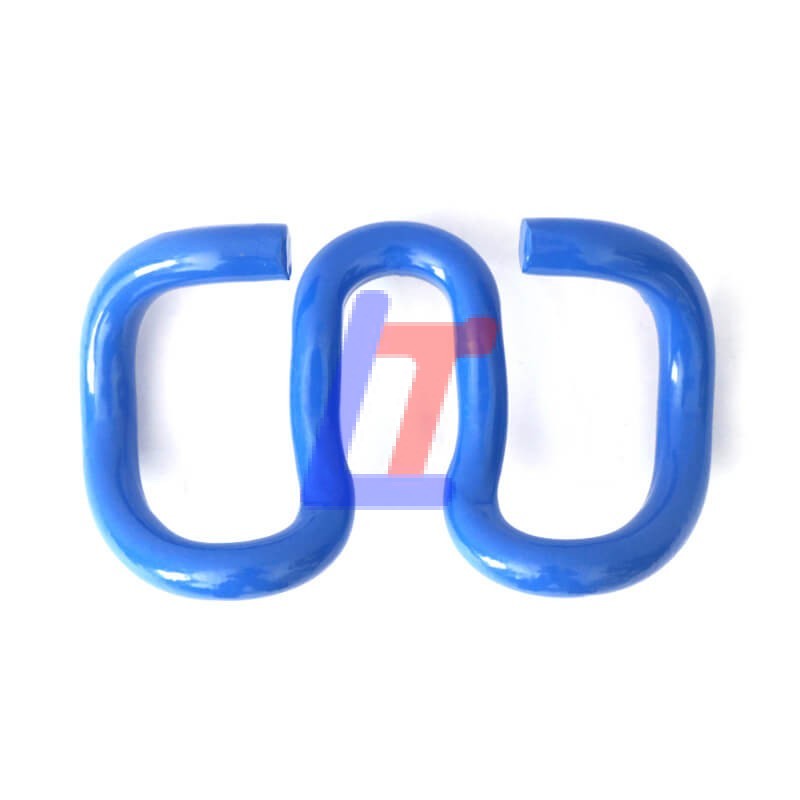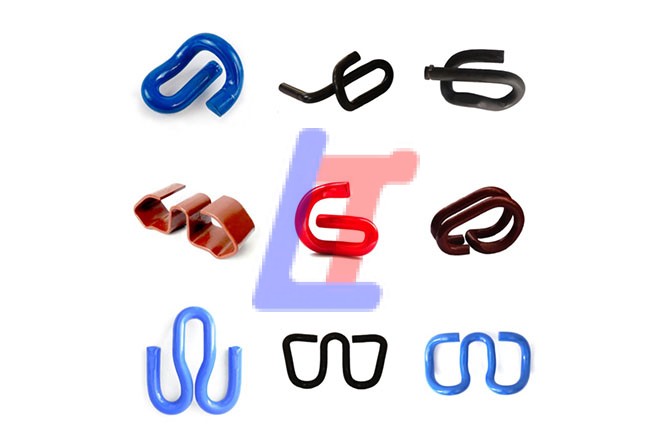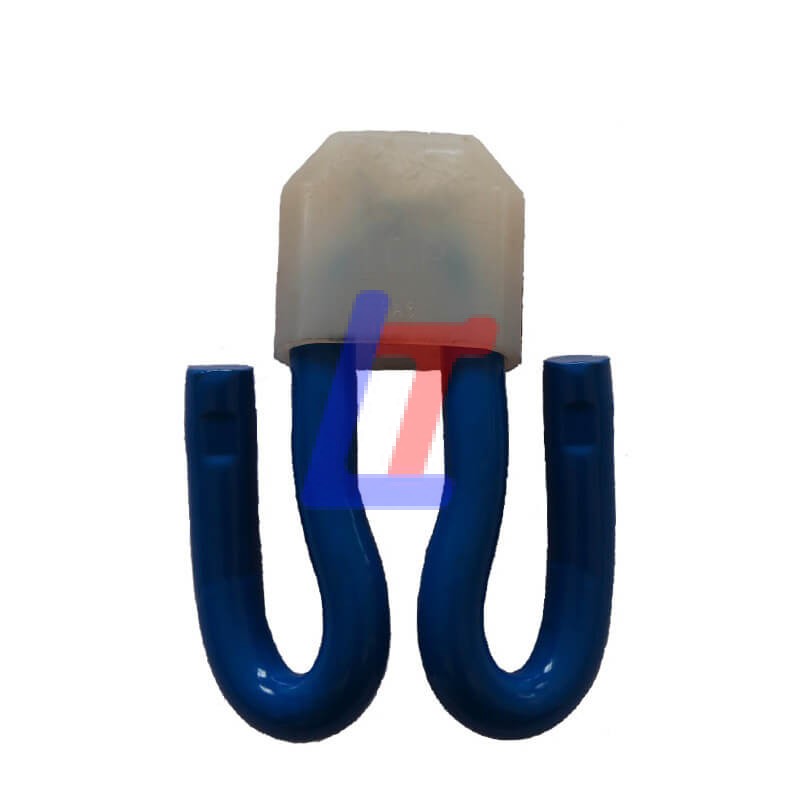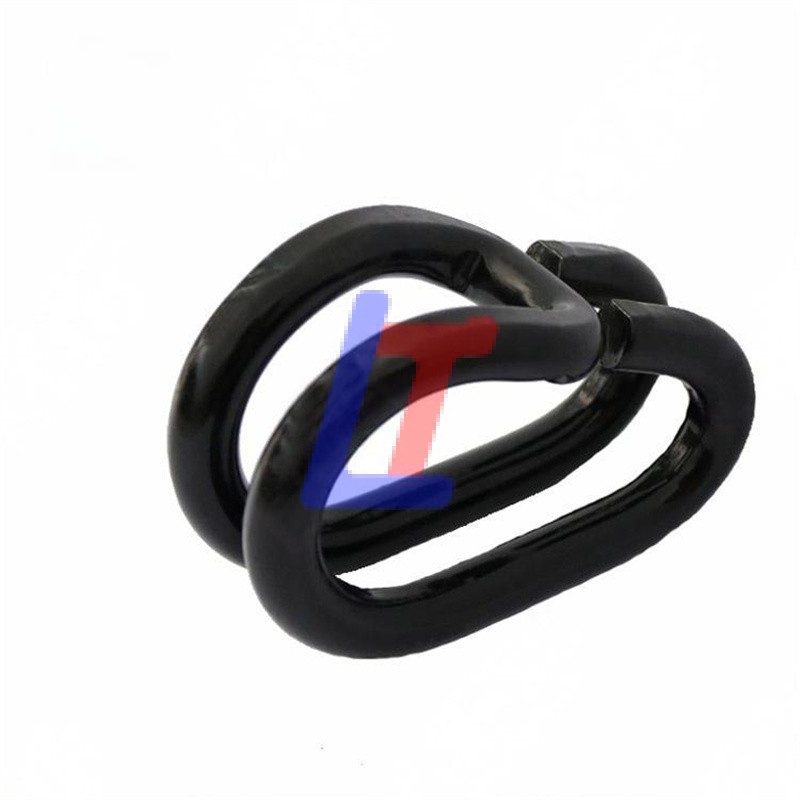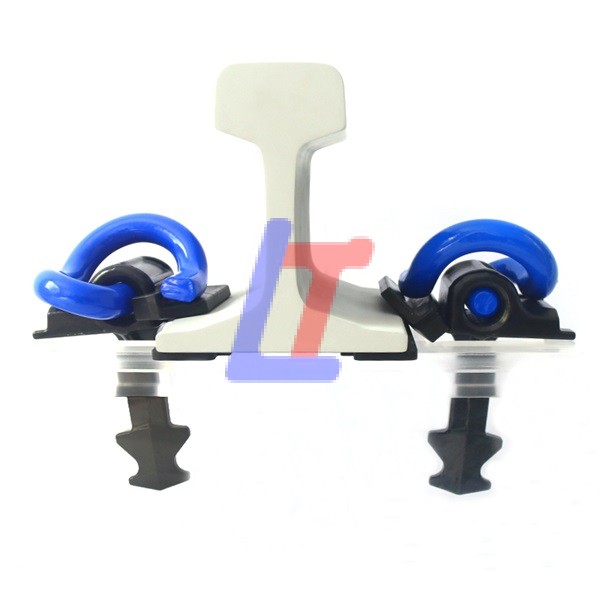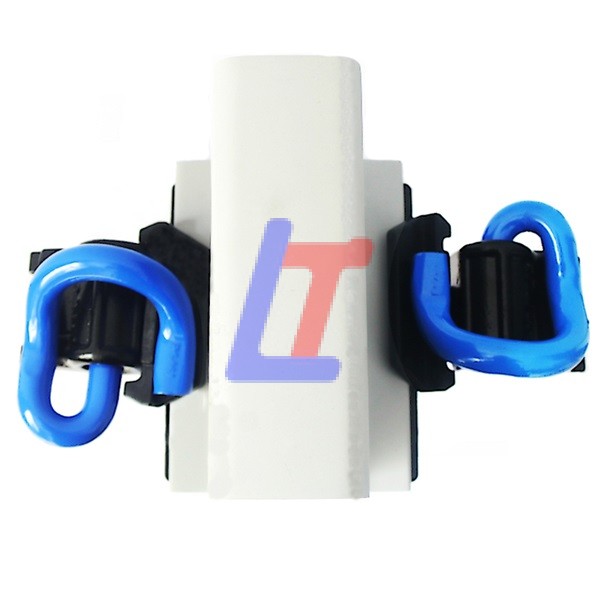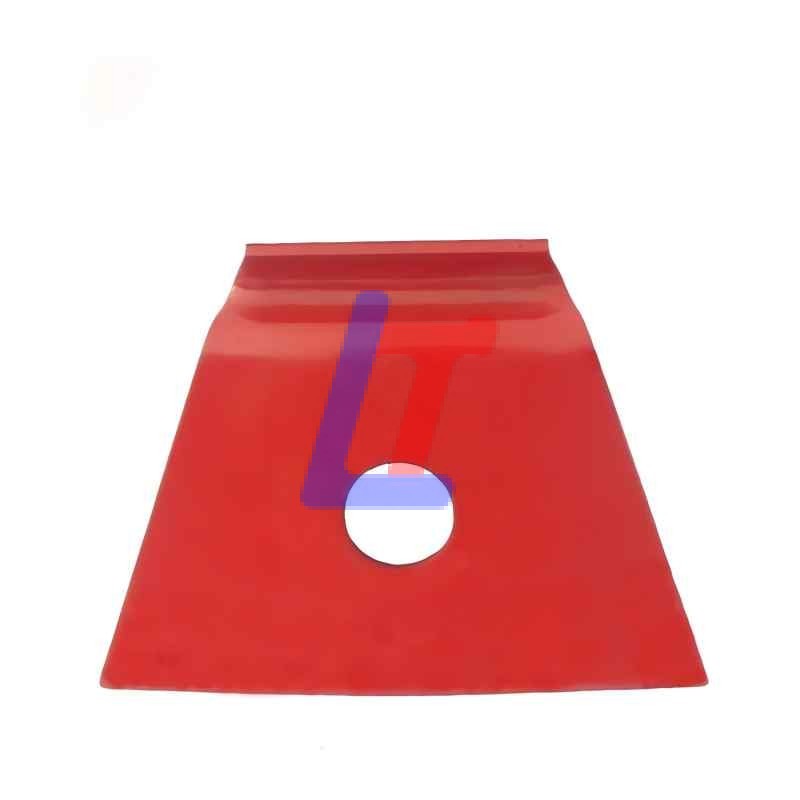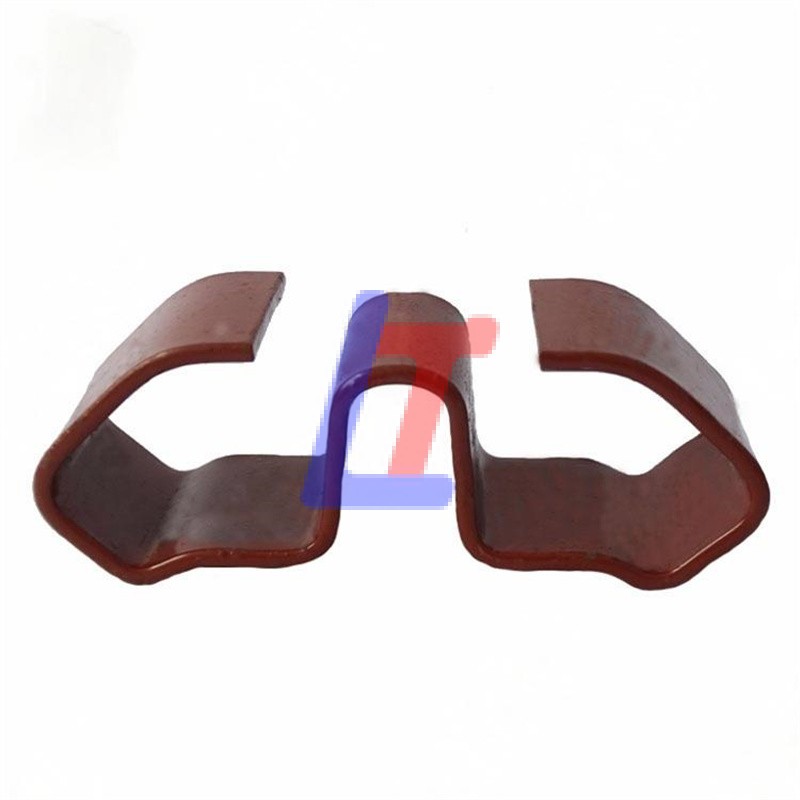Description of Wooden Sleepers
Wooden sleepers refer to sleepers made of wood. Commonly referred to as sleepers, these wooden components serve as fundamental elements in railway infrastructure. To start with, given their critical function, naturally, the production process thus demands exceptional care—particularly in material selection. More specifically, to achieve optimal results, craftsmen must. In fact, meticulously evaluate potential wood; furthermore, they not only prioritize toughness but also the equally essential quality of elasticity. In turn, ultimately, by doing so, they guarantee both long-term durability and reliable performance under stress. People classify wooden pillows into three types based on their use: ordinary wooden pillows, turnout pillows, and bridge pillows. The standard length of a common wooden pillow is 2.5 meters. We classify its cross-sectional shape into two types (I and II) and use them on different grades of circuits.
The advantage of wooden pillows is that they are elastic and can mitigate the dynamic impact of the train. Easy to process and manufacture; Convenient for transportation, laying and maintenance and repair; It has good insulation performance; The connection between the fasteners and the wooden pillows is simple. There is a relatively large friction coefficient between the wooden sleepers and the crushed stone ballast, which can ensure the stability of the track.
Advantage of Wooden Sleepers
1. They are cheap and easy to manufacture
2. They are easy to handle without damage
3. They are more suitable for all types of ballast
4. They absorb shocks and vibrations better than other types of sleepers.
5. Ideal for track circuited sections
6. Fittings are few and simple in design
7. Good resilience
8. Ease of handling
9. Adaptability to non standard situation
10. Electrical insulation
Advantages
How to Find a Qualified Rail Fastener Manufacturer?
Please choose LTRF.
Why Choose LTRF?
- Strong Technical Expertise
LTRF boasts a dedicated R&D center. To start with, building on its strong industry foundation, LTRF first and foremost maintains long-term collaborations with major industry players such as China Railway, CRCC, and the Academy of Railway Sciences. Beyond these institutional partnerships, the company furthermore actively cultivates relationships with leading railway universities. Moreover, through these synergistic alliances, LTRF has consequently successfully developed numerous innovative fastening systems for both domestic and international markets. Additionally, what is particularly noteworthy is that all these systems feature independent intellectual property rights. Indeed, as a concrete testament to its innovative capacity, LTRF currently holds an impressive portfolio of over 30 invention and utility model patents to date.
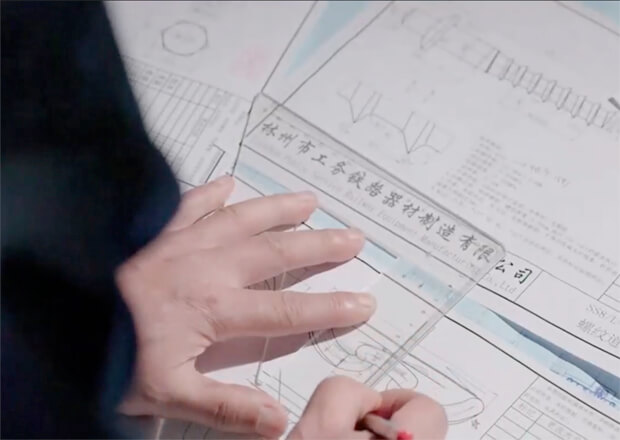
- Professional Manufacturing
LTRF always aims for the best. We carefully choose the materials we use and craft every part with great care and skill. Essentially, we believe in perfection. To uphold this belief, we first persistently innovate; simultaneously, we conduct rigorous quality checks. Moreover, building on these efforts, we guarantee excellence throughout. Finally, through this relentless commitment, we maintain the highest standards at every stage of production.”
We work fast to make sure you get your order on time. Additionally, we offer good service both before and after you make a purchase. Moreover, at LTRF, we also place a strong focus on what our customers need. We make good products and provide great service in everything we do.
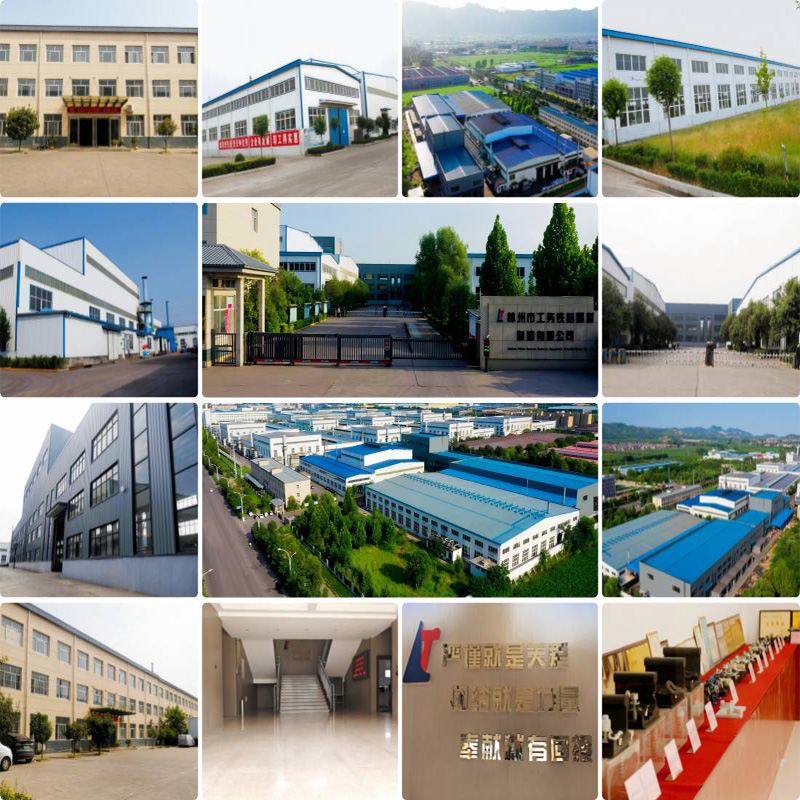
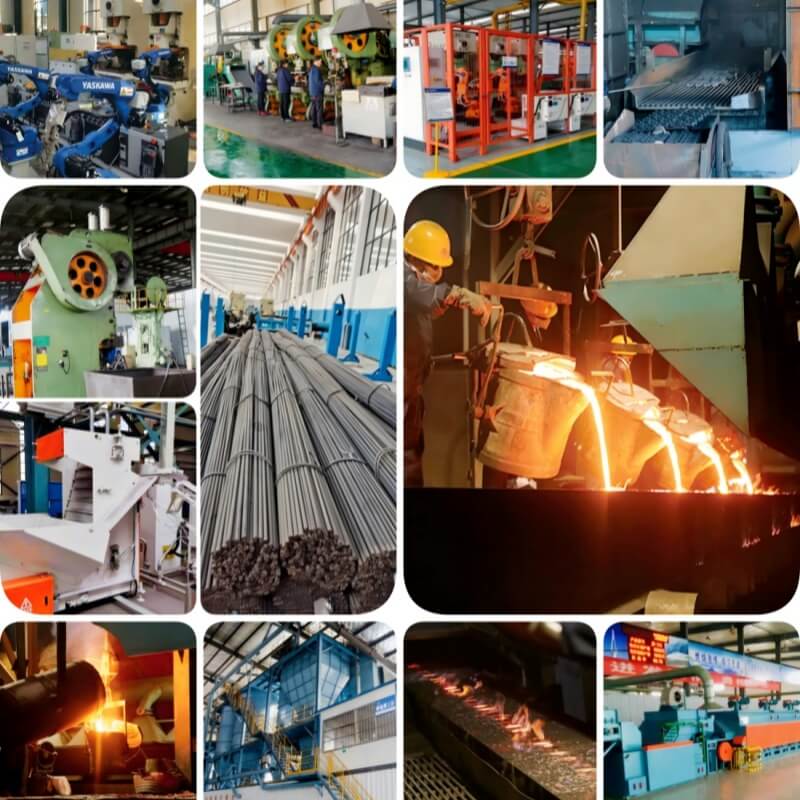
LTRF control the cost of each process, and the finance department updates the cost calculation regularly.
Moreover, thanks to its state-of-the-art testing equipment, LTRF has consequently developed comprehensive quality inspection capabilities that thoroughly evaluate the entire fastener system. This meticulous quality-control measure is crucial for ensuring product reliability. Importantly, LTRF holds ISO and CRCC certification for railway products. Significantly, these certifications, in essence, serve a dual purpose: on one hand, they clearly demonstrate the company’s strict compliance with both international and industry-specific standards; on the other hand, they further enhance its market credibility and competitive edge.
